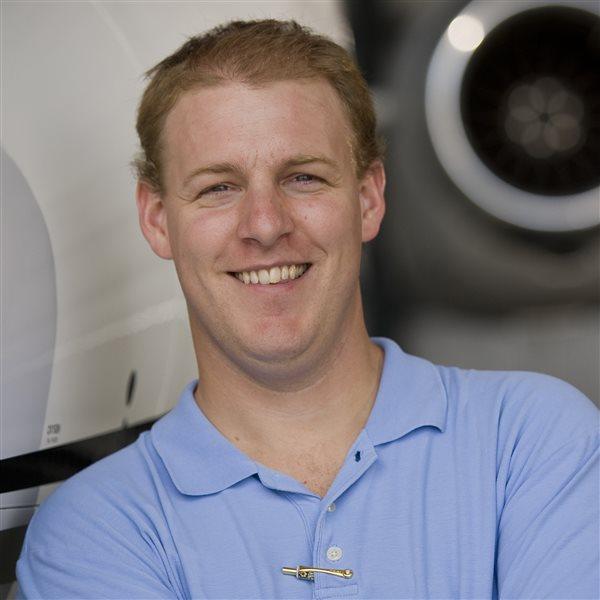Diesel technology has been so firmly cemented in the automotive industry for so long that it’s even had time for a few highs and lulls. Aviation is a different story. Despite the prevalence of jet fuel all over the world, diesel technology is just now going mainstream. Summit Aviation in Belgrade, Mont., now has a Diamond DA40NG on the flight line with a diesel Austro engine, and owner Ben Walton couldn’t be happier with the airplane.
“I had some fears at first,” he said. Although Summit Aviation already operates five DA42s with Austro engines, this was the company’s first experience with a single-engine version. Walton said he was sold on the airplane after talking to a Diamond representative who mentioned that the engine hasn’t experienced any in-flight failures in 200,000 hours of service.
For Walton, the biggest advantage to having a diesel airplane is the capability it gives them in the local mountainous area. Because it’s a turbocharged engine, they get significant power beyond 12,000 feet, which allows them to fly more often, and he says, in a safer manner. “The MEAs are 15,000 feet if you go south,” he said. The DA40NG has opened up additional training routes that are inaccessible to the regular DA40s.
“It’s fantastic,” he said. At cruise, the airplane is burning about 7.5 gallons an hour while pushing 165 knots true airspeed. Averaged out in the training environment, they are continually seeing fuel burns of around 4 gallons an hour.
According to Walton, other than fuel savings, some of the advantages of operating the airplane are ease of maintenance and more efficient training. The FADEC control means there’s no distraction with power and mixture controls, which he claims as a benefit. Another automotive technology that’s been around for more than a decade—electronic engine diagnosis—is also finally making its way in to aviation, including on the Austro engine. Functionally, that means simply plugging the engine in, checking with the factory, and getting a diagnosis almost immediately.
Going from a standard lead-burning piston engine with two or three control levers to a Jet-A-burning diesel with one seems like a difficult transition. Walton says they haven’t found it to be an issue. They conduct differences training with each instructor, who then passes the knowledge to the student. The biggest difference is probably the fuel system, which burns off only the left tank, thus requiring the pilot to transfer from the right to the left.
Having a diesel on the line seems like a win-win in many ways. It insulates the school from any issues surrounding 100LL; it gets students prepared for a future of advanced engine technology; it saves on fuel costs; and most of all, it differentiates the school from local competitors. Many schools claim the newest or most interesting technology, but with one of the few diesel engines available for rent in the United States, and the only DA40NG in the Americas, Summit Aviation can actually back it up.



